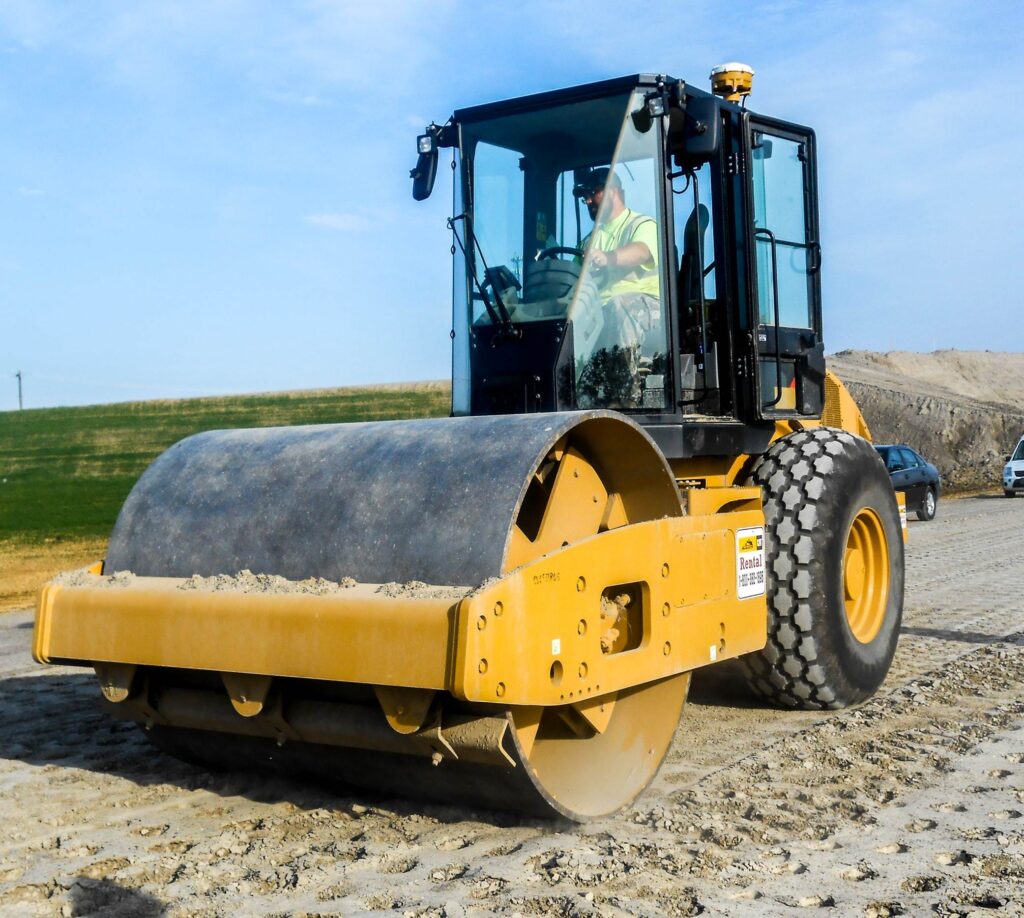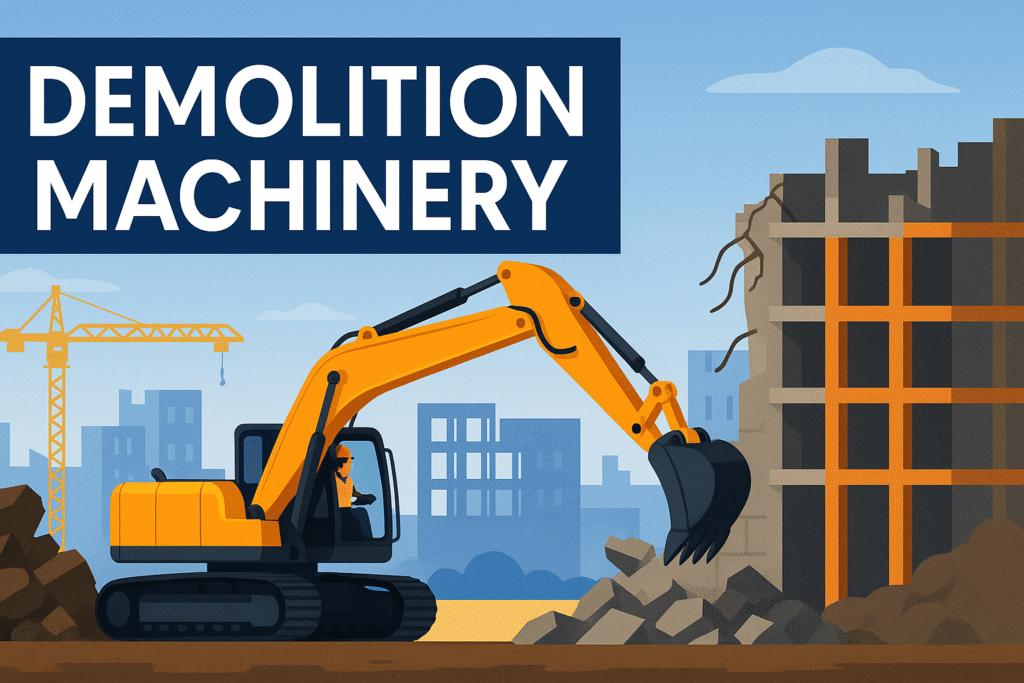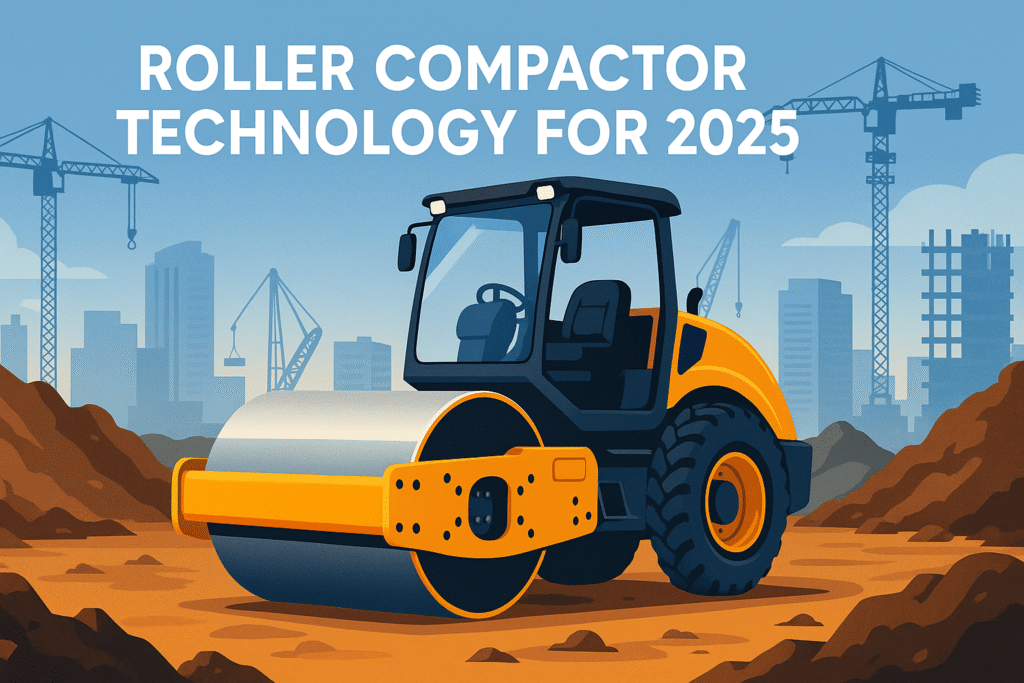Choosing the right roller for compaction jobs involves understanding various factors that impact the effectiveness and efficiency of the compaction process. Whether compacting soil or asphalt, the right equipment can significantly improve productivity and eliminate costly rework. This guide explores the critical variables, types of rollers, and modern technologies that enhance compaction performance.
Key Variables in Compaction Technology
Soil vs. Asphalt Compaction
The first step in selecting a roller is determining whether you’re compacting soil or asphalt. Each material requires different approaches and equipment to achieve optimal compaction.
Area Width and Final Density
Consider the width of the area to be compacted and the final density required. These factors influence the type of roller and its operational settings.
Grade of the Area
The grade or slope of the area being compacted affects the choice of roller, as different machines handle inclines differently.
Type of Asphalt Mix or Soil
The type of asphalt mix or soil, along with the underlying materials, determines the suitable roller type and settings for effective compaction.
Weight, Frequency, Amplitude, and Centrifugal Force
These technical parameters play crucial roles in achieving the desired compaction density. Understanding their interplay helps in selecting the right equipment.
Intelligent Compaction Technologies
Simplifying Operation
Intelligent compaction technologies range from simple meters to advanced automated systems that adjust machine performance, thereby simplifying operation and enhancing productivity.
Types of Rollers for Soil Compaction
Smooth Drum Rollers
Smooth drum rollers are ideal for compacting granular materials like sand and gravel. They provide efficient consolidation when combined with optimal moisture levels.
Pad-foot Drum Rollers
Pad-foot drum rollers are suited for cohesive materials such as clay. These rollers shear the soil to achieve the desired compaction density.
Pneumatic Rollers
Pneumatic rollers are also effective for granular materials and offer an alternative to vibratory rollers for certain applications.
Learn More: Comparing Plate Compactors vs. Roller Compactors: Which Is Right For You?
Compaction Width Considerations
Optimal Passes and Overlap
Selecting the right drum width ensures that the required compaction density is achieved with the least number of passes, reducing over-compaction and optimizing efficiency.
Importance of Weight in Compaction
Weight Configurations
For pneumatic machines, weight is critical. Machines with adjustable weight configurations offer versatility for various applications.
Centrifugal Force and Amplitude
In vibratory rollers, the combination of static weight and centrifugal force determines compaction depth. Correctly balancing these factors prevents over-compaction and ensures proper base compaction.
Addressing Common Mistakes
Proper Lift Depths
Avoiding deep lifts without adequate compaction force prevents the formation of soft spots, which can delay project timelines and increase costs.
Enhancing Productivity with Intelligent Features
Water Tank Size
A large water tank minimizes downtime by reducing the frequency of refills, thus enhancing productivity.
Crab Offset and Curb Clearance
Offset drums and high curb clearance improve maneuverability and ensure comprehensive coverage in confined areas.
Operator Comfort and Serviceability
User-friendly designs, including adjustable seats and intuitive controls, improve operator comfort. Easily accessible maintenance points ensure minimal downtime during servicing.
Technological Advances in Compaction
Compaction Meters
Compaction meters measure drum rebound, helping operators identify areas requiring additional attention or avoid over-compaction.
High-Frequency Vibration
High-frequency rollers offer more control over compaction performance, accommodating various lift thicknesses and density requirements.
Real-Time Feedback Systems
Modern compaction equipment provides real-time feedback, offering recommended settings based on material conditions to optimize compaction quality.
Automation Features
Automated vibration adjustments allow operators to focus on steering and speed, further enhancing efficiency.
Learn More: How Operator Training Impacts Compaction Performance
Advanced Monitoring and Documentation
Temperature Readings
Monitoring asphalt temperature ensures compaction occurs within optimal temperature ranges, crucial for quality results.
Mapping Technology
Mapping technologies integrate compaction data with jobsite coordinates, providing detailed documentation and pinpointing areas needing adjustments.
Benefits of Intelligent Compaction Technology
Increased Productivity and Reduced Costs
Intelligent compaction technologies improve initial pass quality, reducing the number of passes needed and lowering fuel and maintenance costs.
Simplified Training
Automation features simplify operator training, making it easier for new operators to achieve high productivity levels quickly.
Conclusion
Intelligent compaction technologies offer significant benefits, including increased productivity, reduced operational costs, and improved quality. Understanding the variables and selecting the right equipment for each compaction job is crucial for successful project outcomes. As compaction technology continues to advance, integrating these intelligent features will become increasingly essential for efficient and effective compaction operations.





